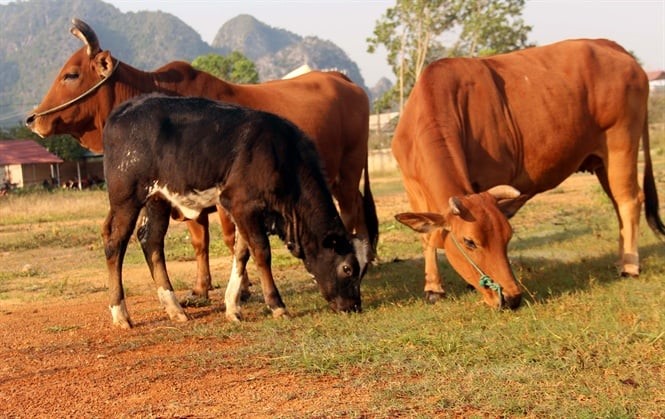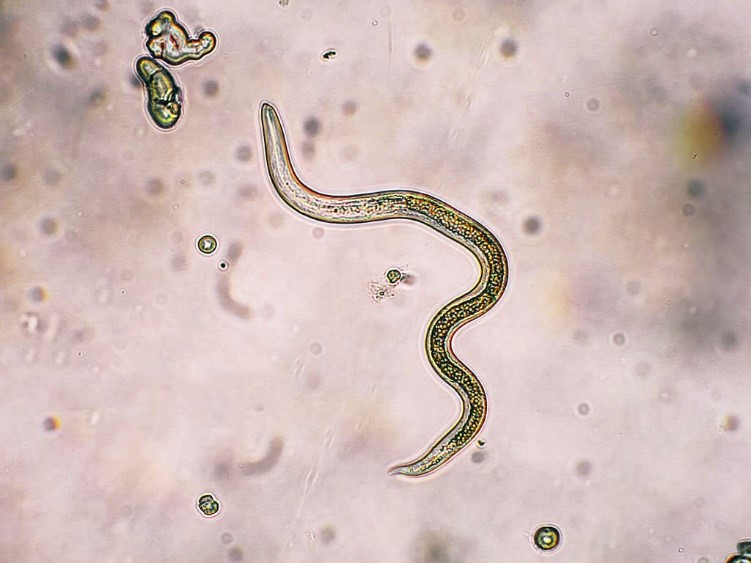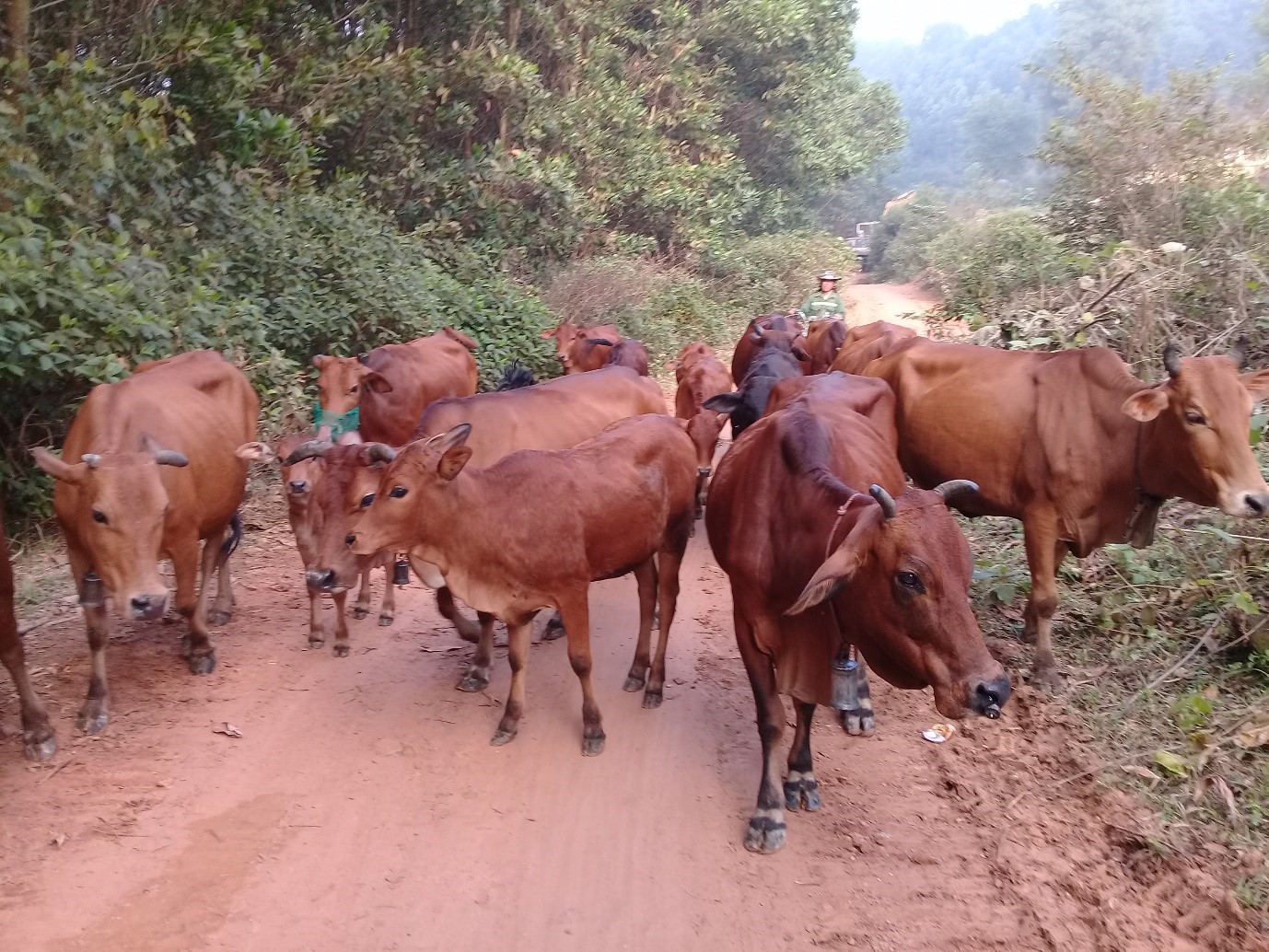Pathogens that are easy to develop and spread, such as parasites, will affect the health of animals and livestock productivity. Roundworms in cows and calves cause great harm, making them thin and malnourished. Remember to clean the barn regularly, pay attention to hygiene when grazing, and deworm cattle regularly.
Roundworms are parasites causing rapid harm to cows and calves, and roundworm disease. This is one of the common diseases in livestock farming that affects the growth and development and leaves severe consequences such as enteritis, prolonged diarrhea, malnutrition, stunting. How to prevent and treat roundworm disease effectively in cows, calves?
1. CAUSE
– Toxocara roundworm caused by parasitic life in the calf’s duodenum. The disease is transmitted through the digestive tract by ingesting worm eggs. Or it can be transmitted from the mother through the placenta as a fetus.
– The pathogenesis is: when worm eggs enter the calf’s digestive tract, they develop into larvae. During the larval stage, roundworms migrate and damage organs such as the liver and lungs. When the worms become adults, they live parasitically in the small intestine and in large numbers can tighten the intestines, block the intestines, and sometimes even get into the bile duct. Worms absorb nutrients from the host and at the same time secrete toxins that make calves poisoned by them, have diarrhea and lose weight very quickly.
– The disease usually occurs in calves under 2 months old, adult cows are not infected due to natural resistance.
Image of Toxocara roundworm
2. SYMPTOM
– Sick calves have a sluggish, slow posture, bowed head, bowed back, drooping tail, big belly, and shaggy fur. Sometimes sick calves stop feeding, don’t want to feed, and lie in one place. In severe cases, the animal stops eating, lies in one place, is emaciated, has weak breathing, foul-smelling breath, lethargic eyes, and occasional tears. Dry nose, fever, body temperature can rise to 40-41 o Some has stomach pain and lie on their backs.
– When first infected with the disease, calf feces are lumpy, slightly apple, from black to grayish yellow, thick and viscous, then white and gradually liquid, with a fishy smell and very rotten. The animal may defecate on the fishing rod, with feces sticking to the elbows and around the anus. The animal loses weight very quickly and may die. The illness can last from 5-48 days and death usually occurs 7-16 days after the onset of illness.
Image of cows
3. TREATMENT
– For calves under 2 months old when sick, use a treatment regimen with the following products: Leva 100 combined with Butasal 100. After 1 month, repeat the injection a second time to prevent reinfection.
– For calves over 2 months old, Intermectin or Intermectin supper can be used subcutaneously to simultaneously kill other types of external parasites such as ticks, mites, lice. Combined with supporting drugs such as Introvit or Butasal 100, Butavit 100.
4. HOW TO PREVENT DISEASE
From the causes of roundworm disease in cows and calves, farmers also need to implement methods to prevent disease. Some methods to reduce the risk include:
Image of cows
– Need to keep the barn clean. Periodically use Dexon super or Iondin @ to disinfect barns. Collect cattle manure for composting to take advantage of the high temperature when composting to neutralize the pathogenic effects of roundworm eggs and larvae.
– Pay attention to hygiene when grazing, avoid damp pastures and lots of cattle waste.
– Periodically deworm mother cows and buffaloes to prevent calves from being infected with worms through the placenta. And proactively prevent diseases in calves 20 days after calving with the above drugs according to the dosage instructions on the manufacturer’s packaging.
With the above information, farmers better understand roundworm disease in cows, calves to get disease prevention directions as well as appropriate and timely treatment methods to minimize the impacts on livestock performance.



